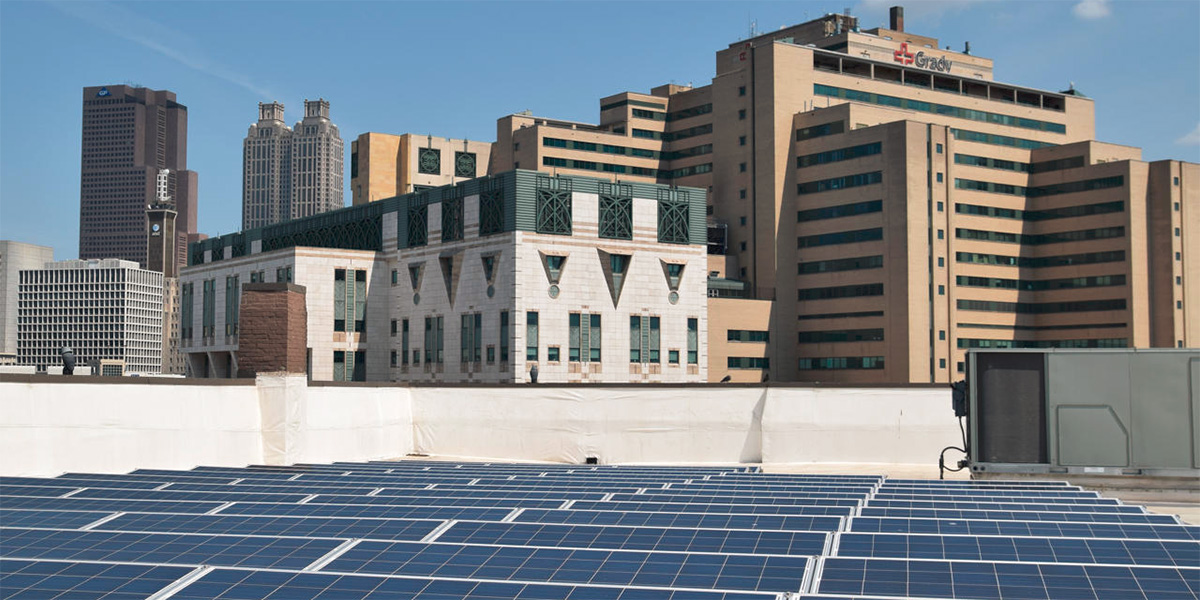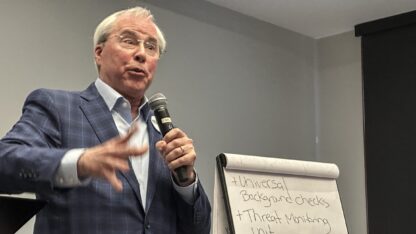Georgia Power Plan Calls For More Renewables, Nuclear Study

Georgia Power is adding more renewable power to its mix of energy sources. State regulators approved the utility’s long-term plan Thursday. The company will get electricity from large-scale solar projects and build others, including at Georgia military bases. It could also use more wind energy.
“We’ve also expanded some of our energy efficiency programs, built on some of those successes,” said Georgia Power spokesman Jacob Hawkins. “We’re also going to continue the work that we’ve been doing to preserve new nuclear as an option.”
That work includes studying building a new nuclear power plant in Stewart County in southwest Georgia. The Public Service Commission approved Georgia Power’s request to have customers reimburse it for the costs of that study, though the maximum amount was reduced to $99 million from $175 million.
Lauren “Bubba” McDonald was the only member of the five-person Public Service Commission to vote against Georgia Power’s long-range plan, called the Integrated Resource Plan. He opposed charging ratepayers for the nuclear study and planning.
“If it’s that good of an investment, I think that the utility’s investors can put that money forward,” McDonald said. “If it all goes through in the end results, they get it back anyway.”
McDonald also proposed more ambitious renewable energy goals, which did not pass.
“We’re moving forward, but we’re not moving forward like we should be,” he said. “Taking advantage of low interest rates, taking advantage of technology, taking advantage of the price that it is right now, taking advantage of labor availability. So there are opportunities that we will miss.”
The plan that passed on Thursday calls for three times as much renewable energy than the initial proposal that Georgia Power put forth earlier this year. And it creates a “community solar” option, for people who can’t put solar panels on their own homes, but want to use solar power.
The utility develops a new IRP every three years. It lays out its plans for the next 20 years.
9(MDAxODM0MDY4MDEyMTY4NDA3MzI3YjkzMw004))







